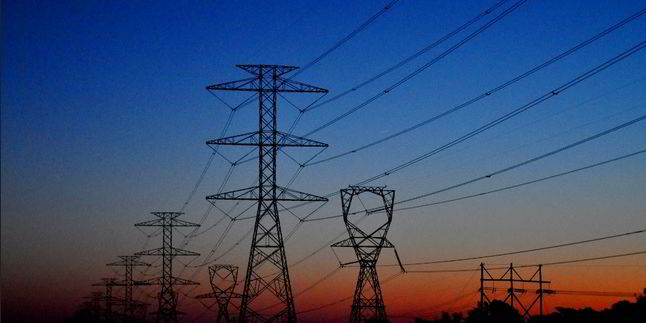At the centre of FERC’s so-called Order No. 1000, proposed in 2011, is the notion that grid-owning utilities should be required to co-operate in updating and expanding the country’s electricity transmission network to better accommodate statewide Renewable Portfolio Standards, carbon targets and other environmental policies.
Over time, the rule could lead to big improvements to the currently balkanized state of the US transmission network, which represents a serious handicap for renewables as some high-resource regions become saturated with wind and solar farms.
Order 1000 also strikes down the so-called Right of First Refusal that local utilities often have over new transmission projects, which analysts believe will lead to more new projects being proposed.
The rule has been supported by groups like the American Wind Energy Association and the Natural Resources Defense Council.
Order 1000 was challenged, meanwhile, by a patchwork of utilities and statewide regulatory agencies, which balked at the notion of being required to co-operate in areas where they used to do so on a strictly voluntary basis.
Among the rule’s most vocal opponents was a lobbying group called the Coalition for Fair Transmission Policy, whose members include big utilities like Detroit-based DTE Energy Company and Atlanta-based Southern Company.
Order 1000 is particularly important for parts of the US without regional electricity markets, like the Southeast and the West, according to John Moore, a senior attorney for the Natural Resources Defense Council.
In praising the legal decision, FERC chair Cheryl LaFleur called Order 1000 “critical to [FERC’s] efforts to support efficient, competitive and cost-effective transmission”.
Order 1000 was upheld by the US Court of Appeals for the District of Columbia Circuit in a unanimous 3-0 ruling.
Opponents of Order 1000 have not yet made clear whether they intend to continue challenging the rule on legal grounds.

